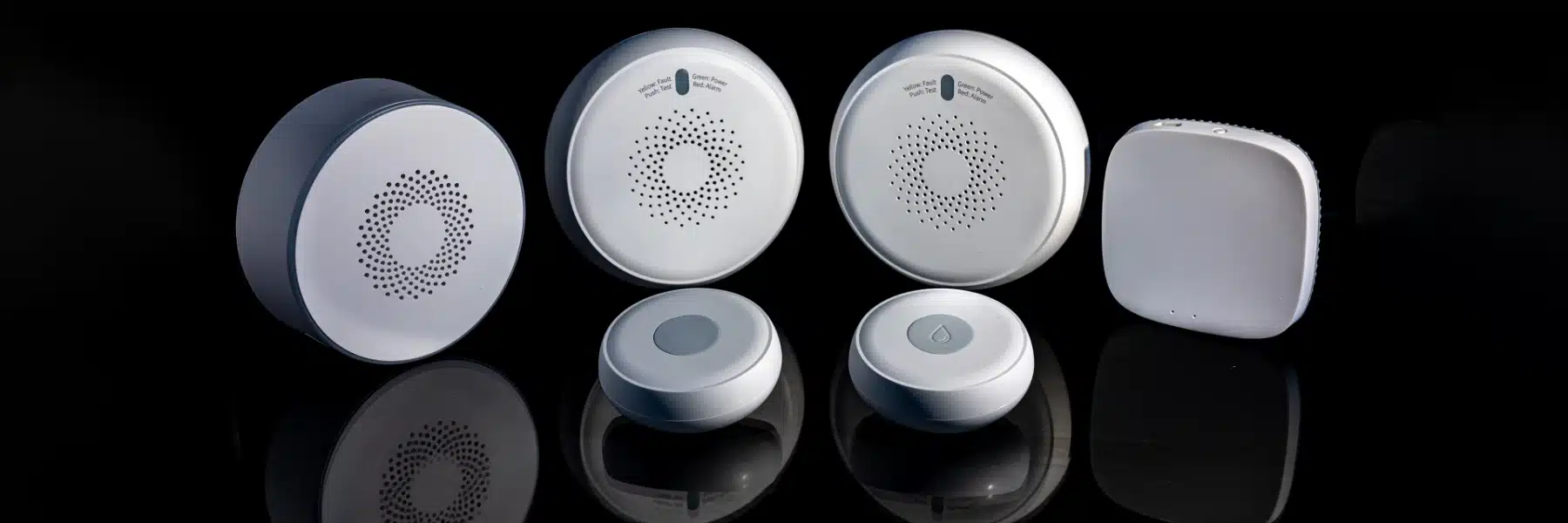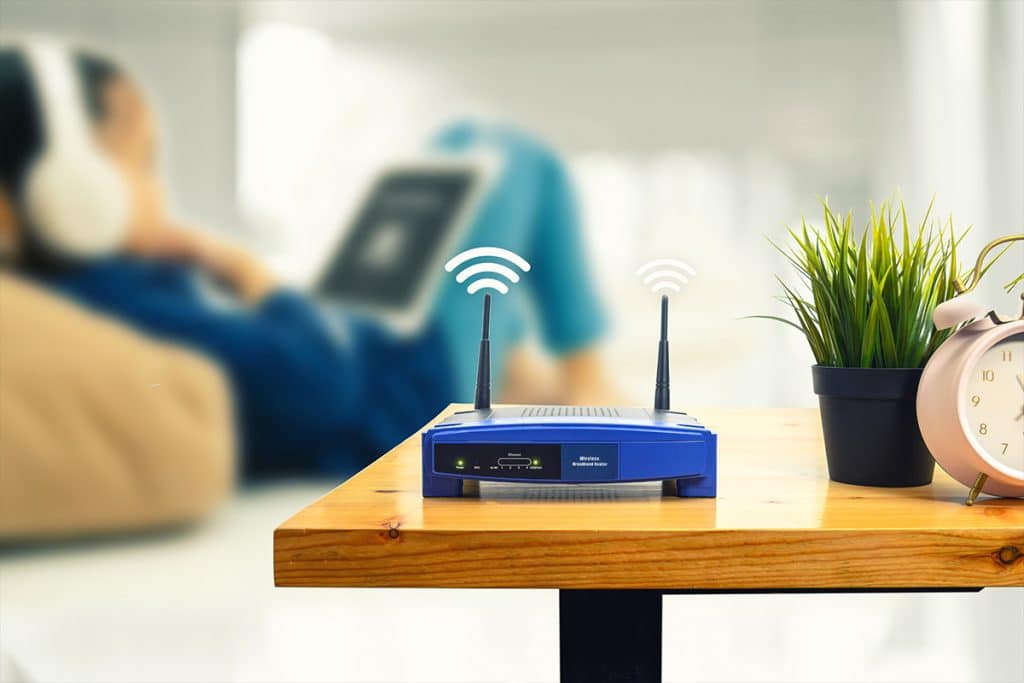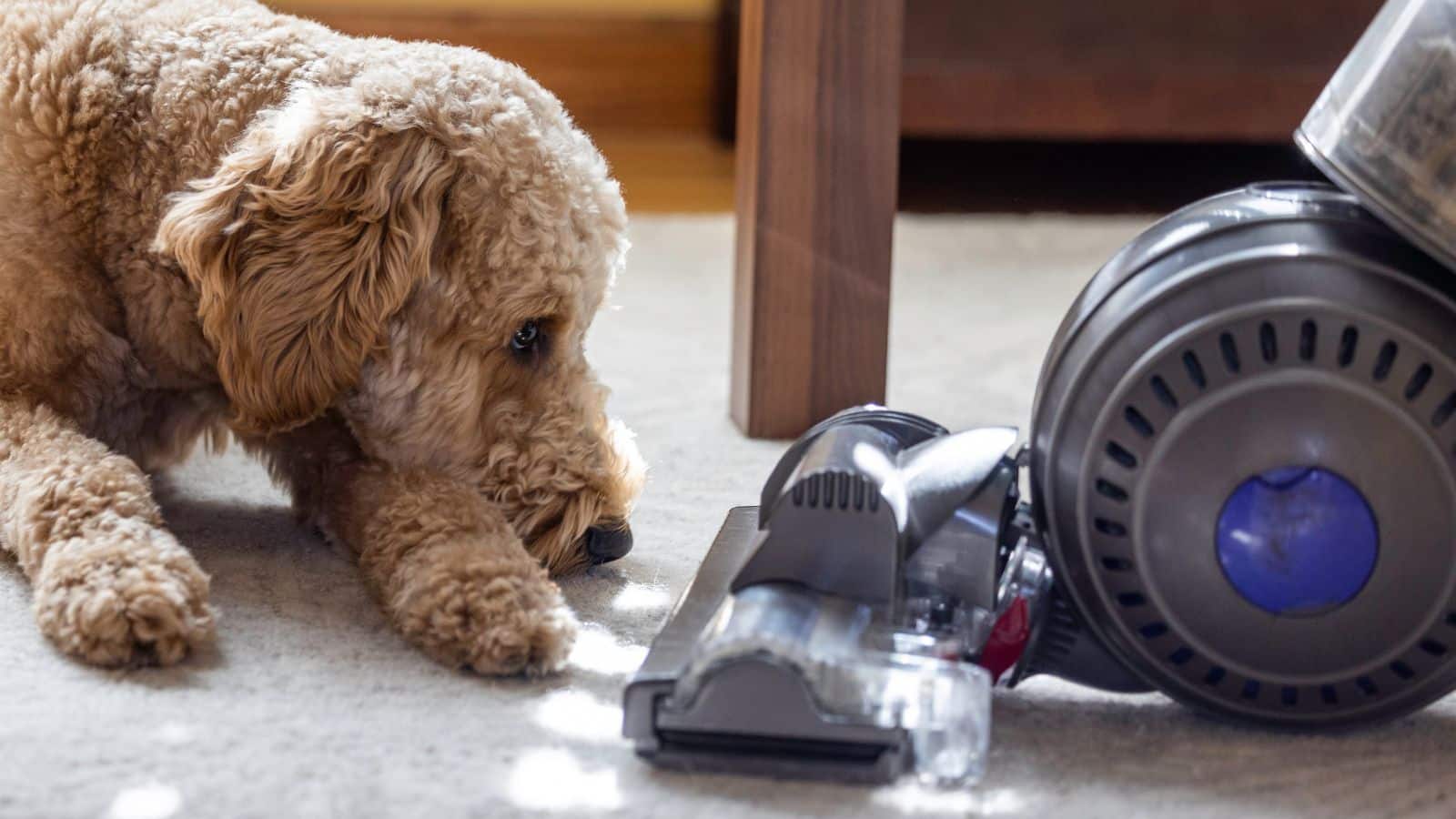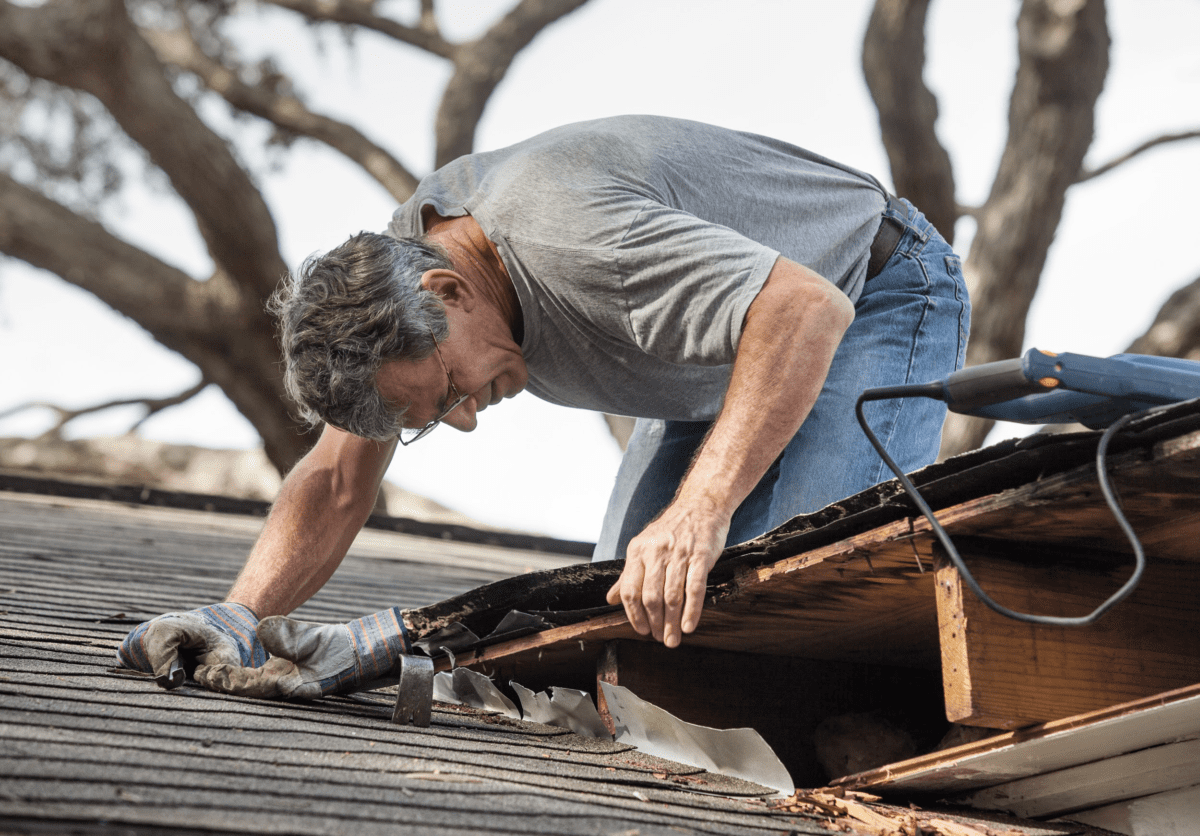Home Safety Reimagined: The Game-Changing Impact of Smart Sensors
In the evolving narrative of home security, the once-static story has experienced a revolutionary shift. No longer confined to mere bolts and alarms, modern advancements have ushered in a new era of safety tools. At the forefront of this transformation are smart door and window sensors, devices that are redefining the very essence of home protection. But what makes these sensors so impactful, and how do they contribute to a safer living environment?
For the longest time, home security relied mainly on preventative measures. To prevent unwanted access, doors were locked, windows were bolted, and alarms were activated. These systems, however, had drawbacks. They frequently worked in silos, unable to give real-time information or thorough monitoring. The introduction of smart sensors altered this narrative substantially, resulting in a unified network of interconnected gadgets.
In essence, smart door and window sensors detect when an entrance point, such as a door or window, is opened or closed. These sensors detect changes in location by using magnetic, vibrational, or even infrared technologies. What truly distinguishes them is their ability to integrate with larger home automation systems. When a door unexpectedly opens, the sensor does more than just sound an alarm; it can also send notifications to residents’ smartphones, turn on lights, and even start recording cameras, providing a multi-faceted response.
Aside from their immediate functionality, these sensors provide invaluable piece of mind. Knowing when a window in a child’s room is opened or when the front door is opened at strange hours might be reassuring for parents. These sensors can be linked to medical alert systems for the elderly, allowing for faster reactions during emergencies. This combination of protection and real-time communication has resulted in an era in which homeowners feel more in control, even when they are thousands of miles away.
From an economic standpoint, these smart sensors have the potential to save money. When calculating premiums, insurance companies frequently consider security measures. Homeowners who have verifiable evidence of modern security systems may be eligible for discounts. Furthermore, the possibility of reducing burglaries or vandalism implies monetary savings in terms of asset security.
However, like with other technology, it is critical to proceed with prudence. While these sensors provide increased security, they are primarily reliant on the internet. It is critical to have a stable internet connection and understand the data privacy standards of the gadgets. Choosing trusted brands that prioritize encryption and data security can help reduce the dangers connected with digital attacks or breaches.
On a larger scale, the impact of these smart sensors goes beyond individual residences. Consider neighborhoods where most homes have these devices. When used legally and with privacy in mind, the aggregate data can provide insights into patterns, perhaps forecasting break-in attempts or indicating high-risk periods and zones. This can help law enforcement and community watch initiatives, resulting in a safer community.
Looking back on the journey of home safety, it’s apparent that it’s been one of constant growth. Traditional approaches established the groundwork, but modern technology, such as smart door and window sensors, has raised the bar. These devices offer more than just security; they reflect the harmonious marriage of technology and daily life, guaranteeing not just protection but also an improvement in quality of life.
Another appealing feature of smart door and window sensors is their versatility and simplicity of installation. Many of these sensors operate wirelessly and may be installed with little tools, as opposed to some security systems that require intricate cabling or professional installation. This do-it-yourself technique not only saves money on installation but also allows homeowners to tailor placements to their specific needs. Furthermore, as technology progresses, the size and style of these sensors become more discrete, allowing them to mix in with house aesthetics without being conspicuous.
Furthermore, as the globe shifts toward more sustainable solutions, several smart sensors are including eco-friendly characteristics. There are currently alternatives that use solar charging or energy-efficient batteries to reduce their carbon footprint. This thought assures that when homeowners invest in safety, they are also making choices that align with global environmental ideals.
In retrospect, the incorporation of smart door and window sensors into modern homes depicts a future that is interconnected, intelligent, and compassionate. These gadgets not only improve security but also demonstrate how technical improvements may meet a wide range of objectives, from user-friendliness to environmental considerations. As we move forward into this bright future, it becomes clear that home safety is more than simply a requirement; it is an expanding art form that integrates technology, design, and sustainability for a better living experience.







